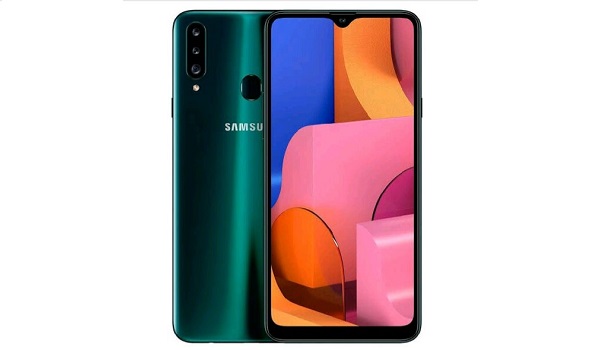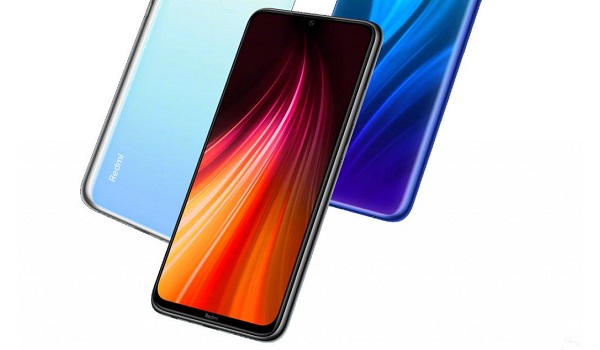Cross platform smartphone comparisons can throw up a subtle combination of interesting and confusing features for the everyday buyer. Not only do you have to grapple with a number of different (and occasionally confusing) specs, you also need to arrive at the better smartphone (if the comparison has a clear winner) and justify your buying decision.
Today’s battle sees two mid-range smartphones in the Samsung Galaxy A20s and Redmi Note 8 (6GB) take different sides of the divide. This match-up brings two rather popular 2019 mid-rangers against each other.
Both smartphones coincidentally launched in September of 2019, with solid specs, great cameras, durable batteries and a number of other features we will be taking a deeper look into shortly.
Our first point of duty takes us to the specifications on both smartphones in a side-by-side manner.
Samsung Galaxy A20s vs Redmi Note 8 Comparison Table
Here, we take a closer look at what both smartphones have to offer us.
| Samsung Galaxy A20s | Redmi Note 8 |
| 2G, 3G, 4G | 2G, 3G, 4G |
| 6.5 inches, 720 × 1560 pixels, 19.5:9 aspect ratio, IPS LCD display | 6.3 inches, 1080 × 2340 pixels, 19.5:9 aspect ratio, IPS LCD display |
| Android 9 Pie + One UI | Android 9 Pie + MIUI 10 |
| Octa-core Qualcomm Snapdragon 450 (14nm), 1.8GHz | Octa-core Qualcomm Snapdragon 665, 2.2GHz |
| 8MP selfie camera | 13MP selfie camera |
| 13MP + 8MP + 5MP triple rear cameras with LED flash | 48MP + 8MP + 2MP + 2MP quad rear cameras with LED flash |
| 32/64GB internal storage + dedicated microSD card slot up to 512GB | 64/128GB internal storage + dedicated microSD card slot up to 256GB |
| 3/4GB RAM | 4/6GB RAM |
| 4,000mAh battery with 15W fast charge | 4,000mAh battery with 18W Fast charge |
| ₦55,500 | ₦50,000/₦60,000/₦70,000 |
Samsung Galaxy A20s vs Redmi Note 8: Where The A20s Gains The Edge
The A20s is a cheaper option than its rival’s 6GB RAM variant (the variant under the microscope today), costing about ₦14,500 less than the Note 8. It also has a larger display (albeit with a significantly lower resolution) than its rival.
This smartphone weighs less than the Note 8, making it relatively easier to carry. It also supports high data transfer speeds (4G connectivity), giving users the opportunity to enjoy surfing the internet seamlessly.
It offers more external storage than the Note 8, with 512GB of external memory for users to store any extra information they want to.

Samsung Galaxy A20s vs Redmi Note 8: Where The Note 8 Gains The Edge
The Note 8 has more RAM and onboard storage than its rival. It also brings a Qualcomm chipset with faster processing speeds under its hood.
The Note 8 has a battery pack with the same rating (4,000mAh) as its rival, but offers a faster charging rate than the A20s. It also provides a much higher screen resolution despite having a smaller display than the A20s.
In the camera department, this smartphone offers four rear cameras (one more than the A20s) and a 13MP selfie camera. Despite featuring more cameras (with better-looking numbers) than the A20s, this seemingly “better” camera setup does not necessarily promise a better photography experience.

Samsung Galaxy A20s vs Redmi Note 8: Which Of These Devices Should You Go With?
In this Samsung Galaxy A20s vs Redmi Note 8 match-up, we have laid out what both devices have to offer us in terms of specs, features, and of course, price ranges. Now, the important question that’s been playing up on everyone’s mind comes up… which of these mid-range smartphones should you go for?
The A20s offers a number of good specs wrapped in a solid build and at a fair price. It boasts a larger display and has more external storage space than the Note 8. It also supports 4G technology and is cheaper than the Note 8.
The Note 8 shares a similar Android OS version (Android 9 Pie) as its rival. It also brings more RAM and onboard storage to the fore. Its battery pack charges faster than the A20s’, while it also brings a faster chipset and more rear cameras to the table.
The Note 8 comes out tops in this match-up. In spite of its higher price point, its better specs (RAM, display resolution, onboard storage) see it win this head-to-head.
You are reading Mobility Arena, the essential guide for mobile phone users around the world. Be sure to check out our homepage for all the latest news and resources. To be notified of the most important articles and the best smartphone deals, join our WhatsApp Group and follow us on Instagram, Facebook, Twitter, and YouTube. Don’t know where to start? Check out our reviews.